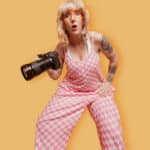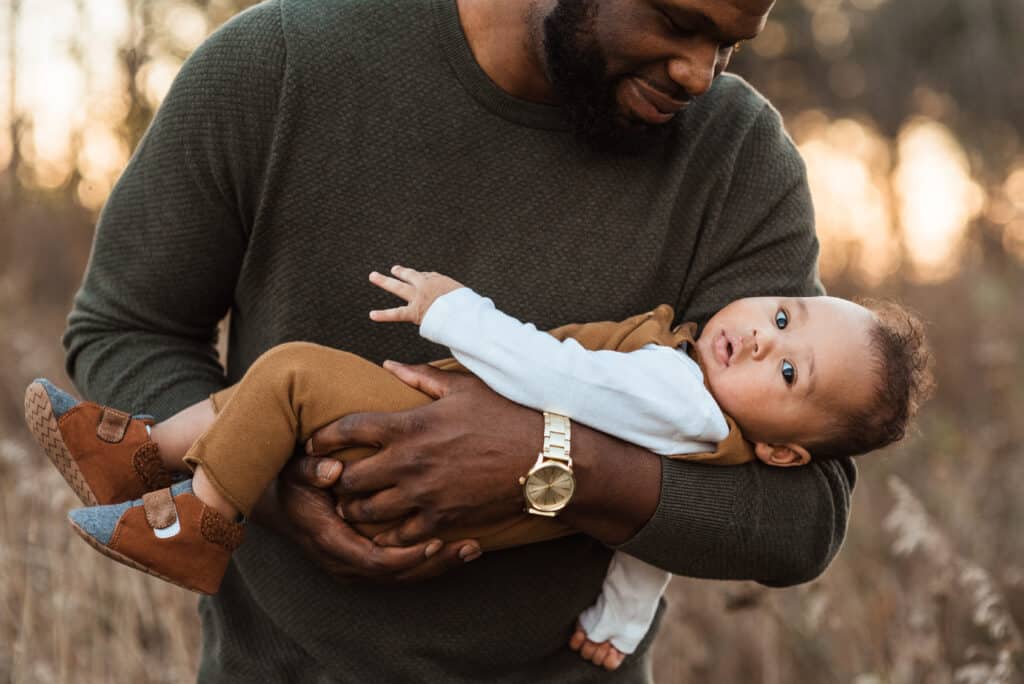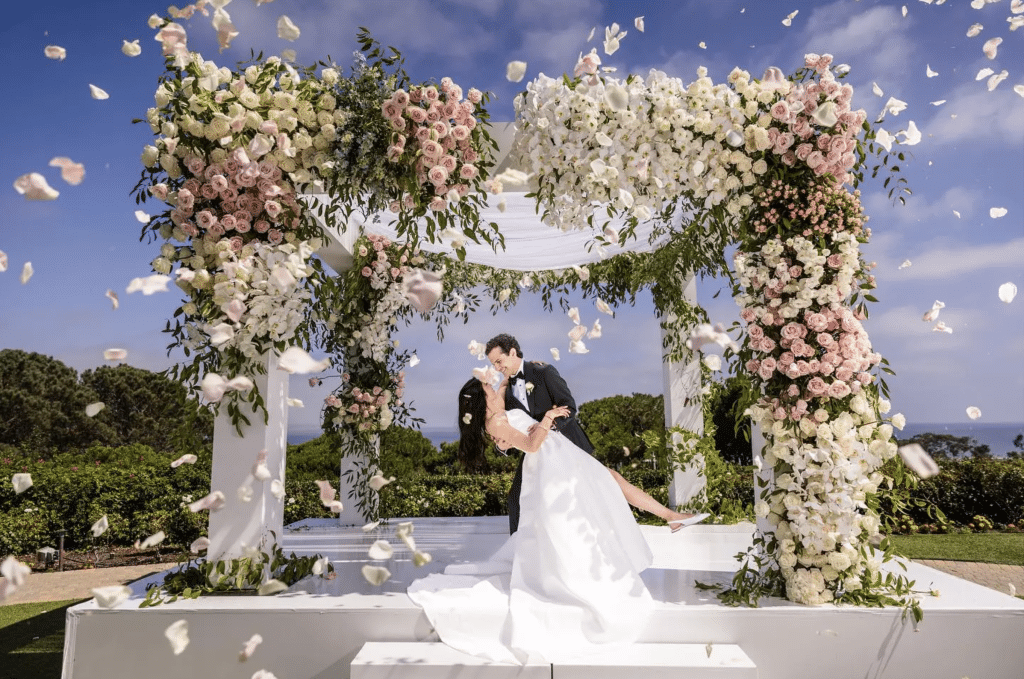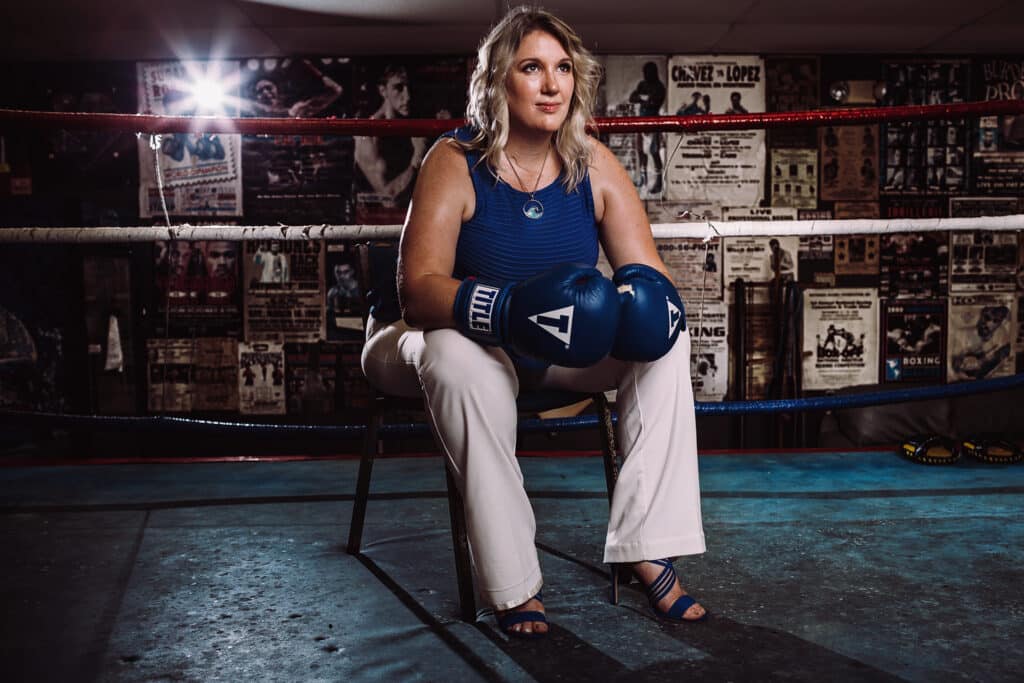
Is it finally time for portrait photographers to ditch the one-size-fits-all approach to posing and embrace the liberating philosophy of body neutrality?
First, let’s talk about what body neutrality means.
You’ve probably heard of body positivity: the idea that every body is a good body and everyone can commit to radically loving their body at any size, in any condition. Body positivity, for many people, is empowering and replaces criticism and resentment of one’s own body with vigorous acceptance.
Get clients. Get paid. Get happy.
However, some people find body positivity to be a difficult or unrealistic goal for their own body image. The concept of body neutrality was born out of necessity – for people who need a space between self-love and self-loathing. A body neutral approach to self-image means accepting one’s appearance without judgment, condemnation, or compulsory enthusiasm.
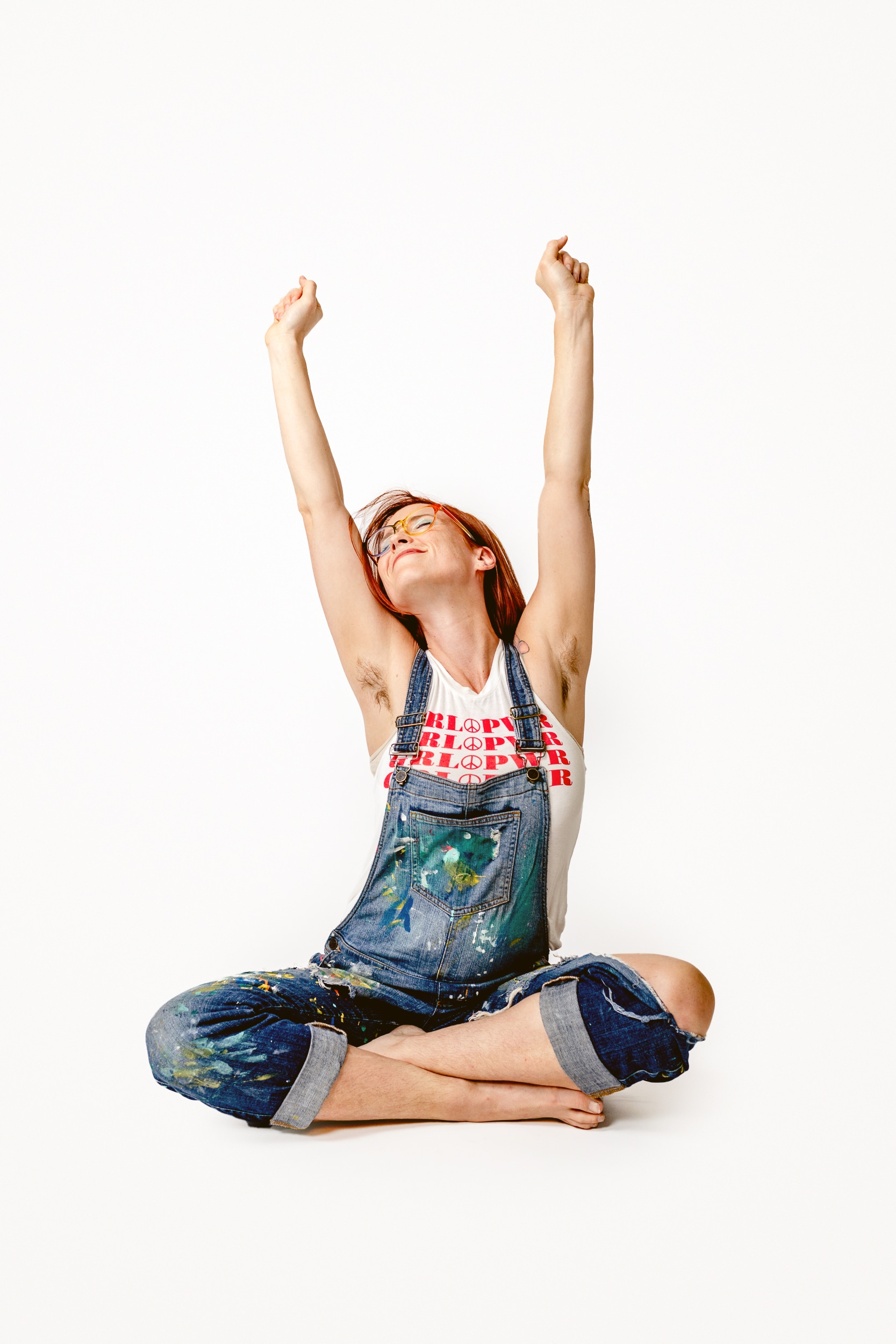
As photographers, we often wield the power to impact how our clients see themselves and how they ultimately feel about their appearance. That power should never be taken lightly.
Body neutrality can revolutionize your approach to portrait photography, freeing you and your clients from the confines of “flattering” poses. Historically, posing principles and guidance generally aim to put subjects into alignment with beauty standards. You’ve likely encountered a posing guide telling you to:
- Make legs look longer
- Make waists look smaller
- Angle shoulders straight toward the lens to show strength in masculine subjects, or diagonally to show daintiness in feminine subjects
- Direct their chin towards the camera, lift slightly to avoid the dreaded “double chin”
- Pose moms behind their children to make them look smaller or hide their belly
- Create S shaped curves in women to emphasize their shape
- Make sure the bride doesn’t look taller than the groom
So much of this advice is based on what the general public presumably wants out of their portrait experience: to look their best. And there is nothing wrong with wanting to look your best, just like there’s nothing inherently wrong with any of that posing advice!
But what if we, as photographers, focus less on what people look like in their portraits and more on how they feel about the experience?
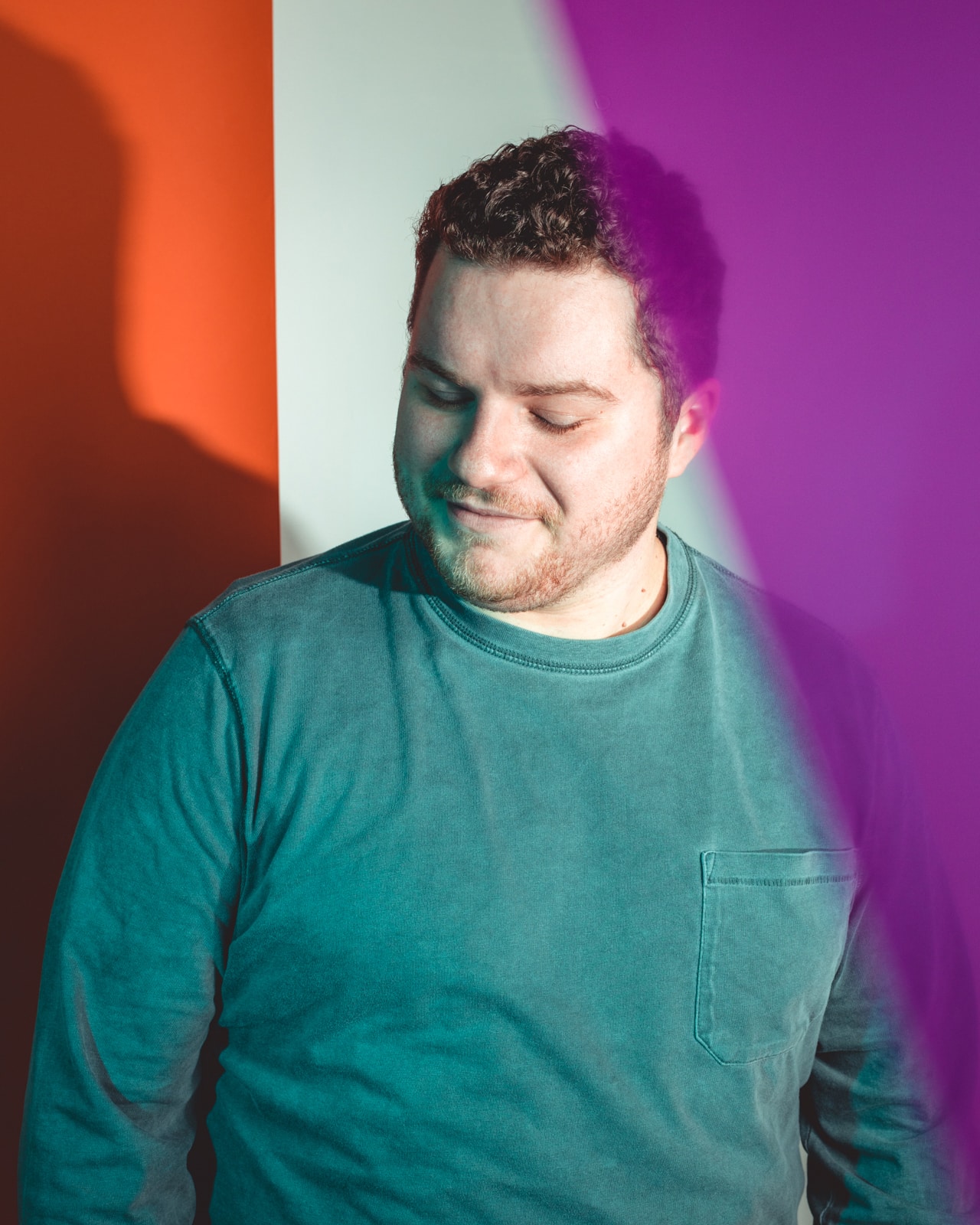
What if we can de-emphasize the hyper-fixation on looking pretty, or sexy, or small, or tough, and help our clients see themselves as something more?
We can teach our clients that there is so much more to a great portrait than having perfect skin, or a flat tummy, or toned arms. We can fundamentally change the way our clients see themselves, without artificially creating a false sense of what they actually look like.
Tip #1: Start by Asking the Big Questions
I start the body neutrality posing process by asking my clients in my project planning questionnaire:
- “What do you love about yourself?”
- “What personal goals do you have for yourself this year?”
- “Tell me about your favorite physical feature or the one that people notice about you the most.”
- “Is there any part of your body that you’re less than thrilled about that I should be aware of in your portrait session?”
- “How do you want to feel about yourself when you look at your photos?”
You can choose to have these sorts of conversations in person – I prefer to give my clients space to answer the questions privately and then discuss them directly in person if needed.
These might seem invasive or unnecessary to some people (and I do make these entirely optional), but most are relieved to have a photographer who cares about their body image. Depending on their answers, I might choose different lighting techniques, lens options, or even shooting locations to make sure I can create photos that capture their true personality.
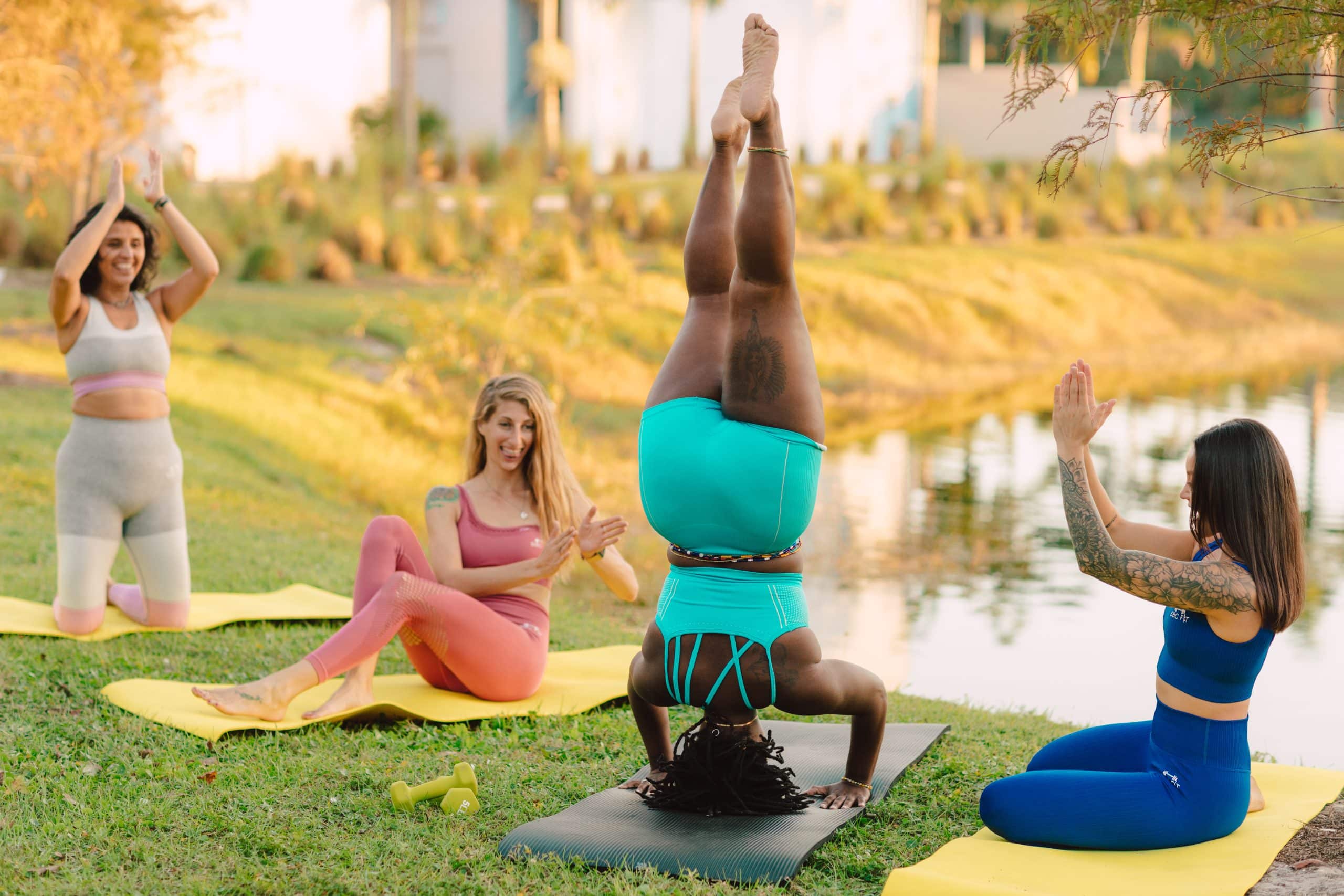
Tip #2: Give the Pep Talk
Before you start putting them into poses or directing them through various expressions, remind them that you are there to create photos that make them feel good. I try to get my clients to think of anything other than what they look like when I am behind the camera – so we talk, laugh, and move around a lot.
See how to earn money with ShootProof
But before I start clicking away, I remind them that the goal is to make them look [approachable] [caring] [authoritative] [clever] [versatile] [engaged] [cool] [thoughtful] like a real human being, not an AI-generated porcelain doll. Once I’ve given them permission to STOP focusing on their appearance, they are free to focus on being themselves.
Remember: don’t let the pursuit of perfection get in the way of having fun.
Tip #3: Break Out of the Flattering Pose Prison
The idea of “flattering” can be pretty toxic. On its face, flattering just means “looks good!” But in practice, it often means “looks thin,” “looks young,” or “looks like you fit into arbitrary beauty standards!” I reject the idea that thinness, youth, and currently trending ideas of beauty are inherently better or more desirable than their counterparts.
I like to use Expression Portraits as a tool to show my clients how much more interesting they can look if we stop focusing on making them just look flattering. I guide my clients through a series of facial expressions, with arm movements and props as needed to help them get into various poses and characters. The point of these photos is not to make them look like knockout Instagram models in every photo: the point is to show the entire range of human emotion!
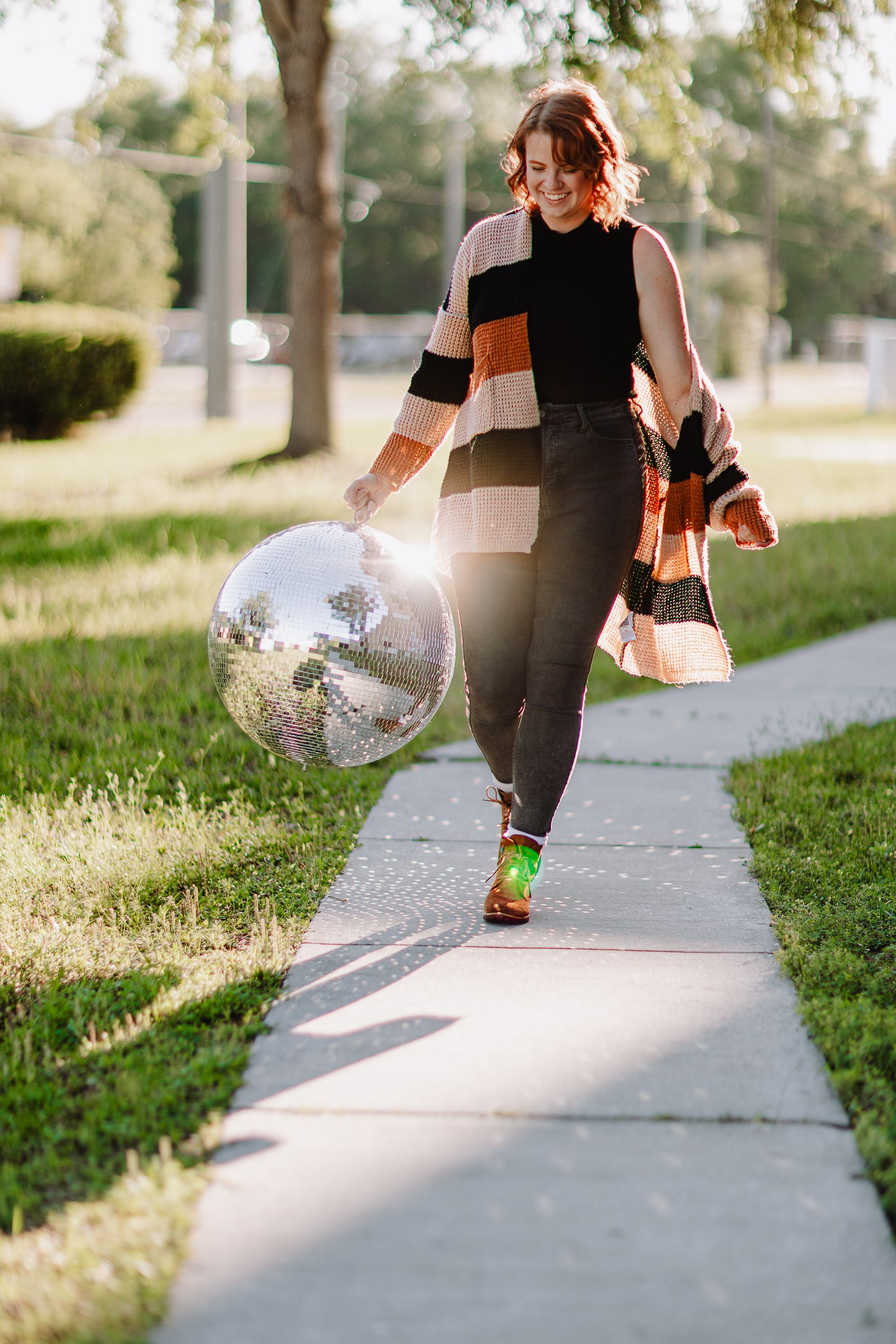
From there, I focus on the individual person in front of me and what they need out of their portraits. Instead of trying to force them into poses that might only really look “good” on professional models, I guide them into poses and expressions that make sense for who they actually are. And the whole time, I leave room for playfulness and creative exploration.
Shifting our mindsets towards body neutrality can create a better client experience. Allowing your clients the space to care less about what their body looks like and more about who they are as individuals will naturally lead to happier portrait outcomes. And hopefully, you’ll never have to hear “can you photoshop me to look skinnier” ever again !
Start your free trial with ShootProof
Written by Jesi Cason | Photos by Jesi Cason Photography
